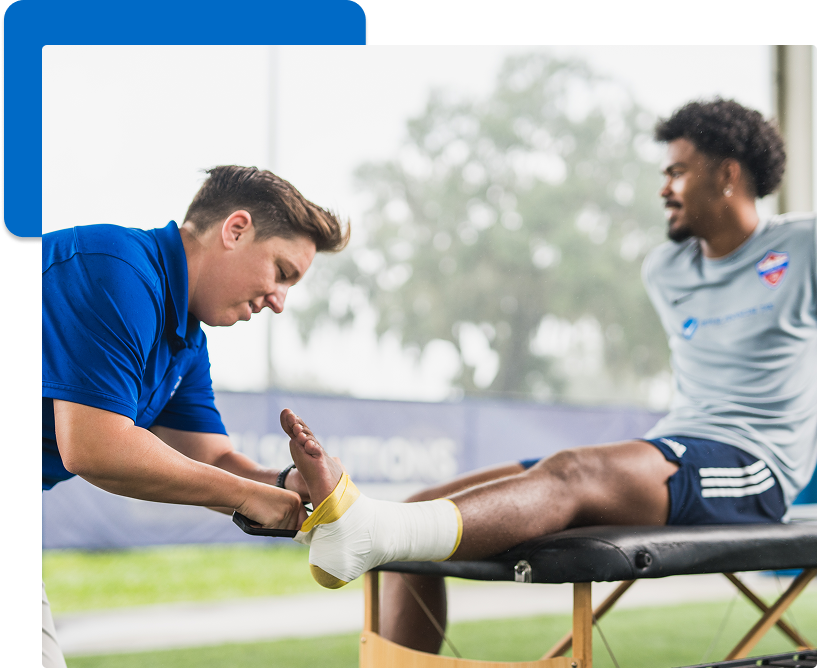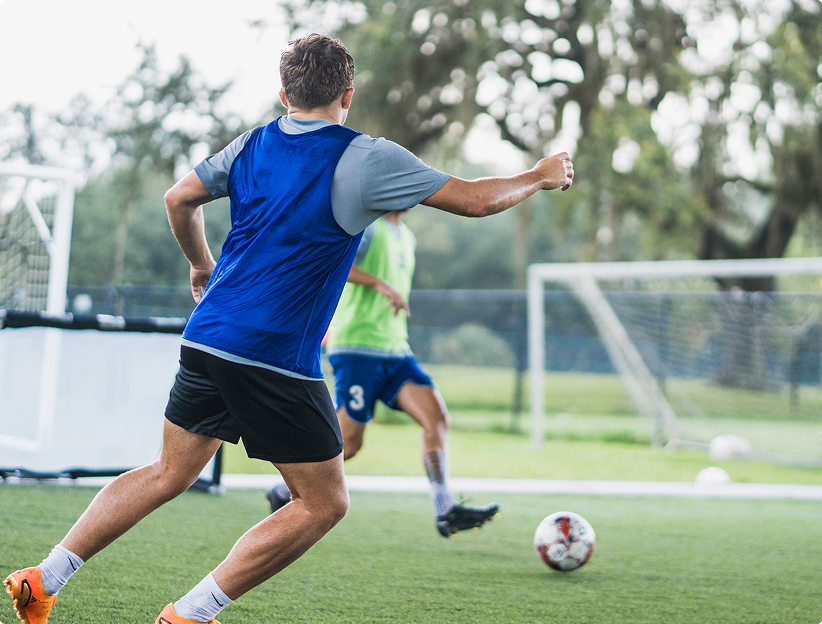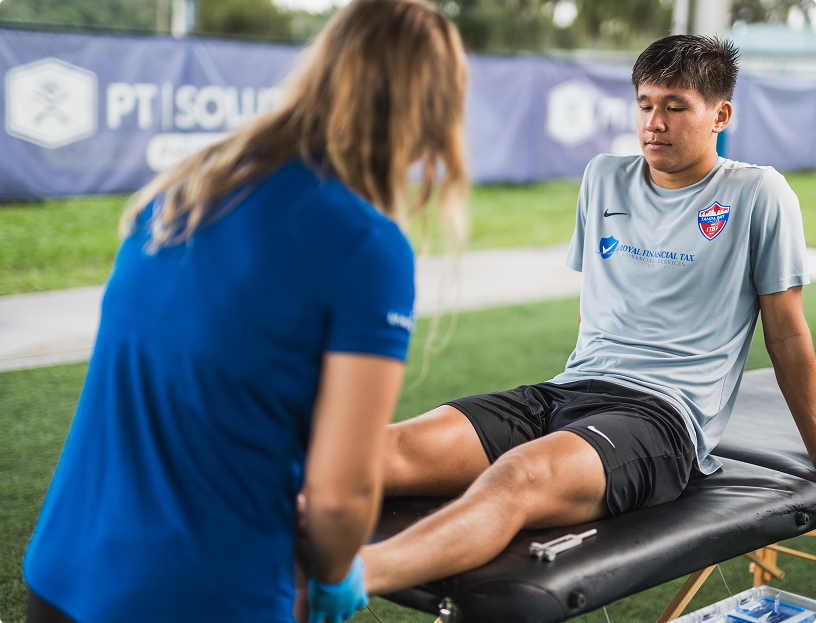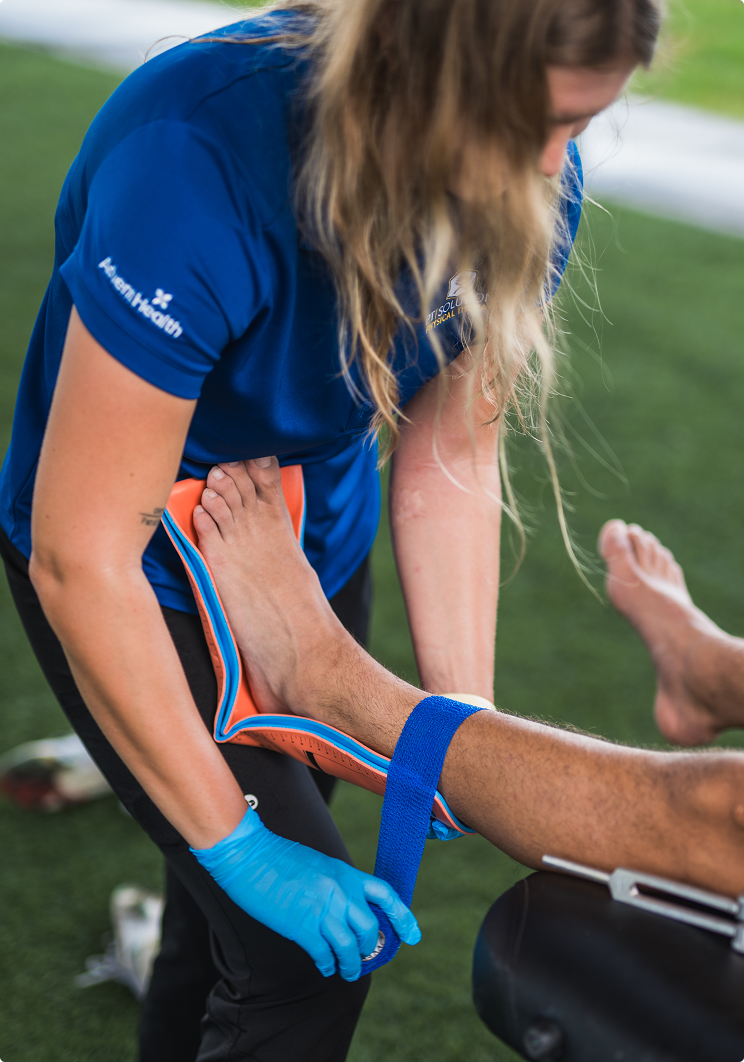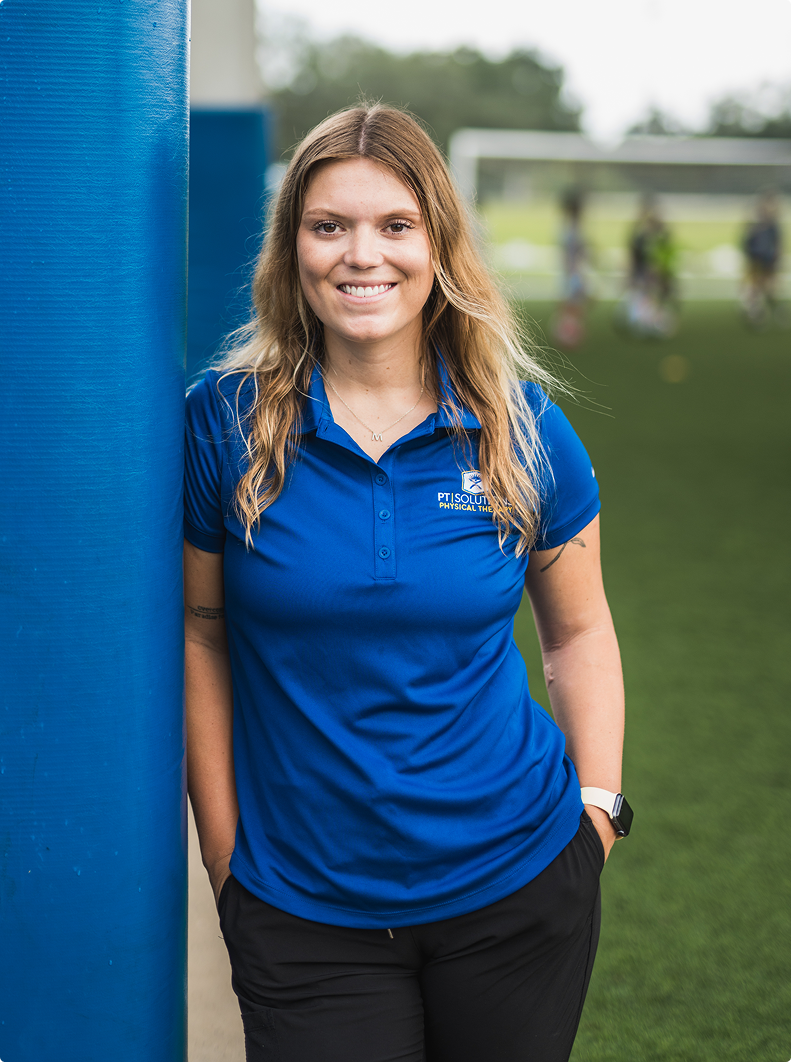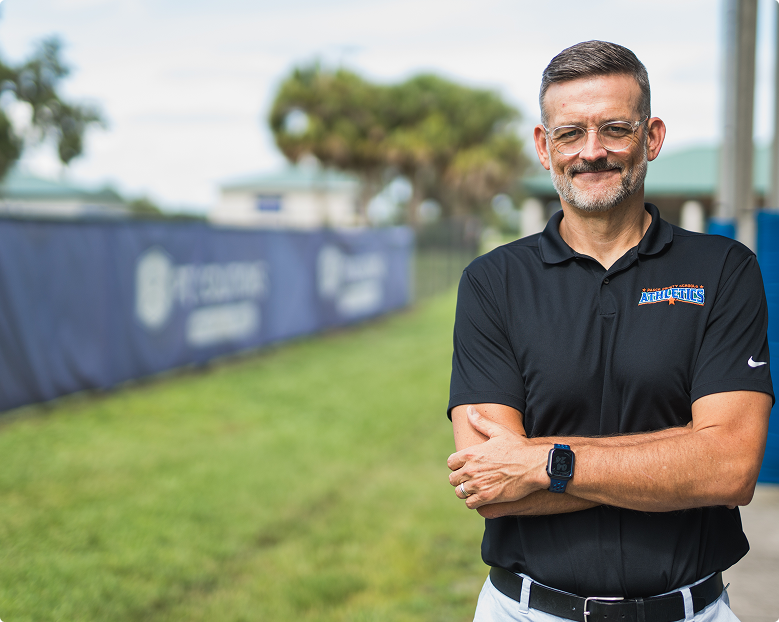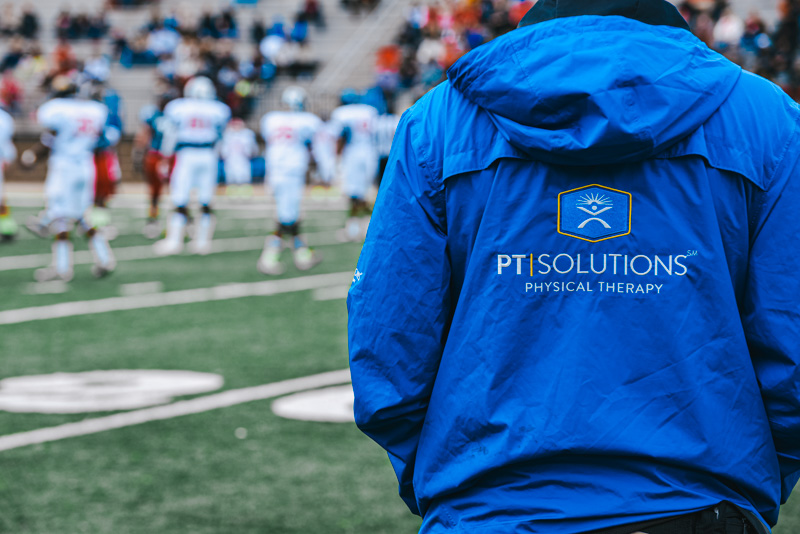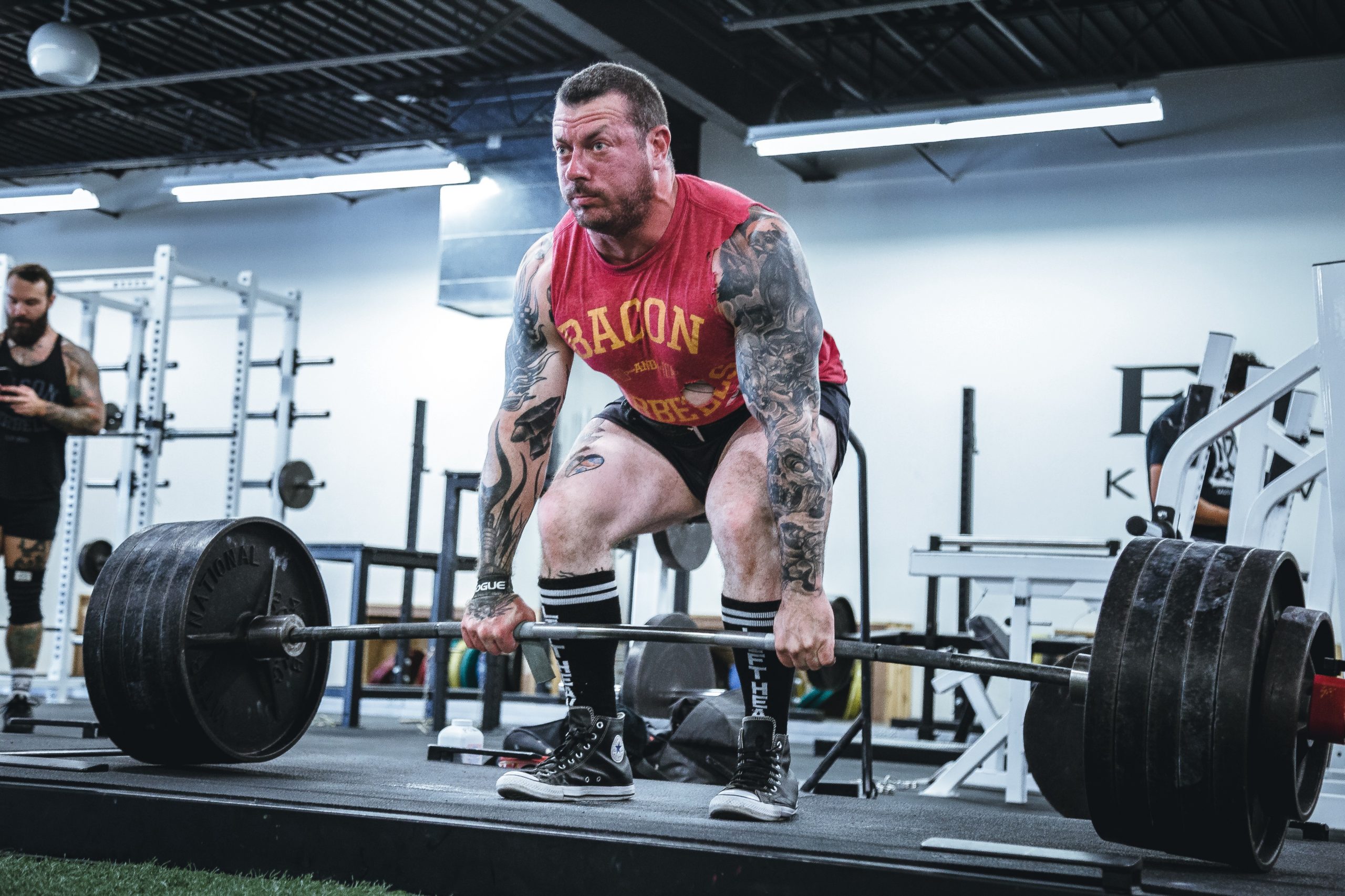Rehabilitation/Return to Sports
After an injury or surgery, a sports PT creates a personalized rehabilitation plan to help the athlete recover fully and safely return to their sport. This includes restoring range of motion, rebuilding strength and endurance, and progressing through sport-specific movements. The goal is to return at full performance while minimizing risk of re-injury.
Management of Acute Injury or Illness
Sports PTs are trained to respond to sudden injuries on the field or during practice. They can assess and manage conditions like sprains, strains, fractures, or concussions. They also coordinate care and guide the initial healing process, helping athletes manage symptoms and stay active in a safe way.
Medical/Surgical Considerations
When working with athletes recovering from surgery or managing medical conditions, sports PTs collaborate with surgeons, physicians, and athletic trainers. They understand post-operative protocols and modify rehabilitation based on each individual’s surgical procedure, diagnosis, and overall health status.
Injury Prevention
Preventing injury is a major part of sports physical therapy. PTs evaluate movement patterns, identify imbalances or weaknesses, and design training programs to reduce stress on joints and muscles. They also teach proper form and mechanics to keep athletes safe during training and competition.
Sports Performance Enhancement
In addition to treating injuries, sports PTs help athletes reach their performance goals. This may include improving speed, agility, power, endurance, and flexibility. They use performance assessments and targeted training to support gains in strength and function tailored to each athlete’s sport.
Professional Roles and Responsibilities
Sports PTs often collaborate with other sports medicine professionals, including athletic trainers, physicians, and coaches. They are responsible for maintaining professional standards, staying current with the latest research, and advocating for athlete safety. Their role includes education, communication, and long-term care planning to support both short-term recovery and long-term health.
